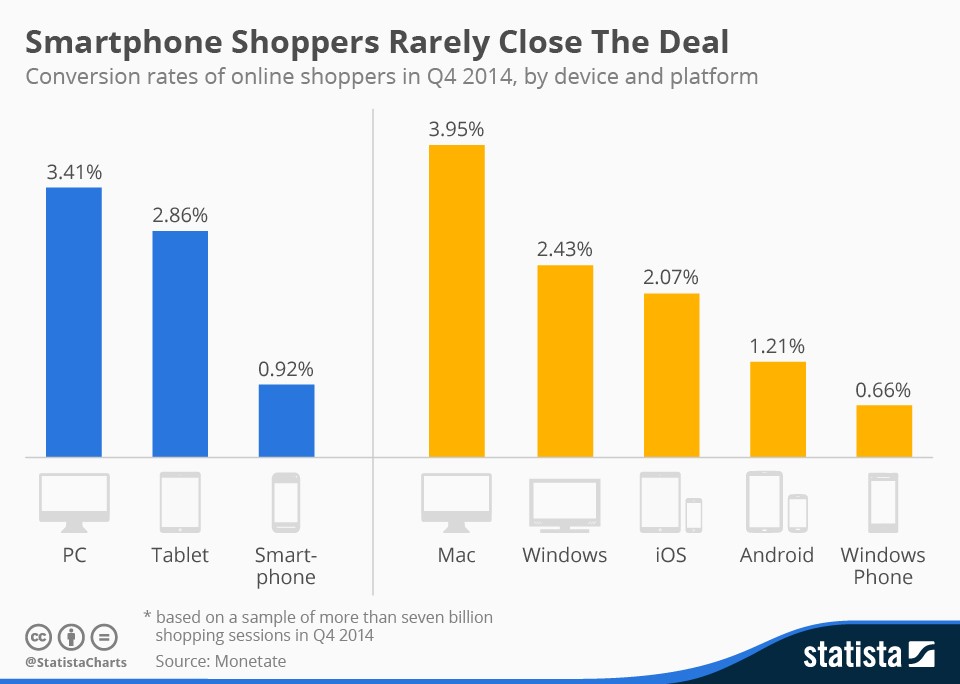Over the last couple of years, we’ve been pushed by most of our clients to develop mobile applications. Mostly, for the recruiting and shopping experience. Although we’re happy to oblige, we also feel that it is our job to help keep companies focused on what really matters – and not to get too far off in the weeds.
Yes, trends and market swings are important to watch, especially when they become mainstream, but all too often, we see companies throw thousands and even hundreds-of thousands of dollars towards projects that we know just won’t have sturdy or long-term legs. I’m always amazed, perplexed and even a little frustrated, when clients, after the fact, come to us and say they have just launched a country or developed an entirely new way of processing a widget, when they hadn’t even talked to their IT provider about it. Don’t forget, an experienced vendor will have had years of experience and had more than likely, will have already helped numerous clients accomplish your same goals. Most of all, they are willing and wanting to help in any way they can – because it benefits everyone when they do.
So, this brings me to the latest trend… Mobile Shopping. Although important and a market-swing that shouldn’t be ignored, we are concerned about the recent push and weight given to the “mobile only experience”, especially in younger, or should I say, “less-experienced” start-ups. I’ve always said that Direct Sales is a face-to-face experience and just because social media has the spot light right now, doesn’t mean you should turn the light off in the kitchen. Yes, smartphones and tablets have become integral parts of our everyday lives. Mobile devices have changed the way we work, the way we consume media AND the way we shop. But I’ve also believed that mobile devises and social media alone are not the answer to long-term success. They are great for getting out the word, making a splash and even as a new and exciting entertainment channel, but they don’t replace the good old belly-to-belly experience when making the sale.

While smartphones now account for more e-commerce traffic than tablets do, the conversion rate, (i.e. the percentage of visitors who actually buy stuff), is much higher on desktops and tablets than it is on smartphones. The data suggests that even though smartphones become more and more popular to browse for products and compare prices, consumers still turn to bigger devices to make their online purchases.




